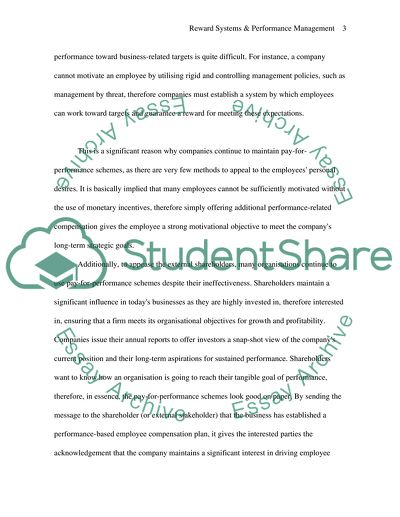Cite this document
(Reward Systems and Performance Management Coursework, n.d.)
Reward Systems and Performance Management Coursework. Retrieved from https://studentshare.org/human-resources/1540275-human-resourse-management
Reward Systems and Performance Management Coursework. Retrieved from https://studentshare.org/human-resources/1540275-human-resourse-management
(Reward Systems and Performance Management Coursework)
Reward Systems and Performance Management Coursework. https://studentshare.org/human-resources/1540275-human-resourse-management.
Reward Systems and Performance Management Coursework. https://studentshare.org/human-resources/1540275-human-resourse-management.
“Reward Systems and Performance Management Coursework”. https://studentshare.org/human-resources/1540275-human-resourse-management.


